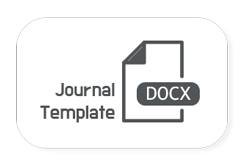Modeling Consumer Demand Using a General Ratio Preference Analysis: Theoretical Insights from the Almost Ideal Demand System Framework versus the Double Log Demand Model
DOI:
https://doi.org/10.53935/2641-5313.v8i7.558Keywords:
Almost Ideal Demand System, consumer behavior, demand elasticity, double log demand model, price and income effects, utility maximization.Abstract
This paper compares the Almost Ideal Demand System (AIDS) with the Double Log Demand Model in analyzing consumer behavior and estimating demand elasticities. Grounded in utility maximization and the axioms of consumer choice, the AIDS model, developed by Deaton and Muellbauer, provides a flexible and theoretically consistent framework that satisfies the homogeneity, symmetry, and adding-up restrictions. It allows for exact aggregation across consumers without assuming linear Engel curves and is widely used due to its empirical adaptability and ease of linear approximation. In contrast, though easier to estimate and interpret, the Double Log Demand Model lacks full theoretical rigor as it cannot be derived strictly from utility maximization. The paper reviews the literature that applies both models to consumption data across different countries, highlighting the strengths and limitations of each in capturing price and income effects. Ultimately, the AIDS model is superior for policy analysis and economic forecasting due to its robustness in approximating consumer preferences, accommodating demographic variables, and allowing hypothesis testing within a consistent theoretical framework.
Downloads
Downloads
Published
How to Cite
Issue
Section
License

This work is licensed under a Creative Commons Attribution-NonCommercial 4.0 International License.












